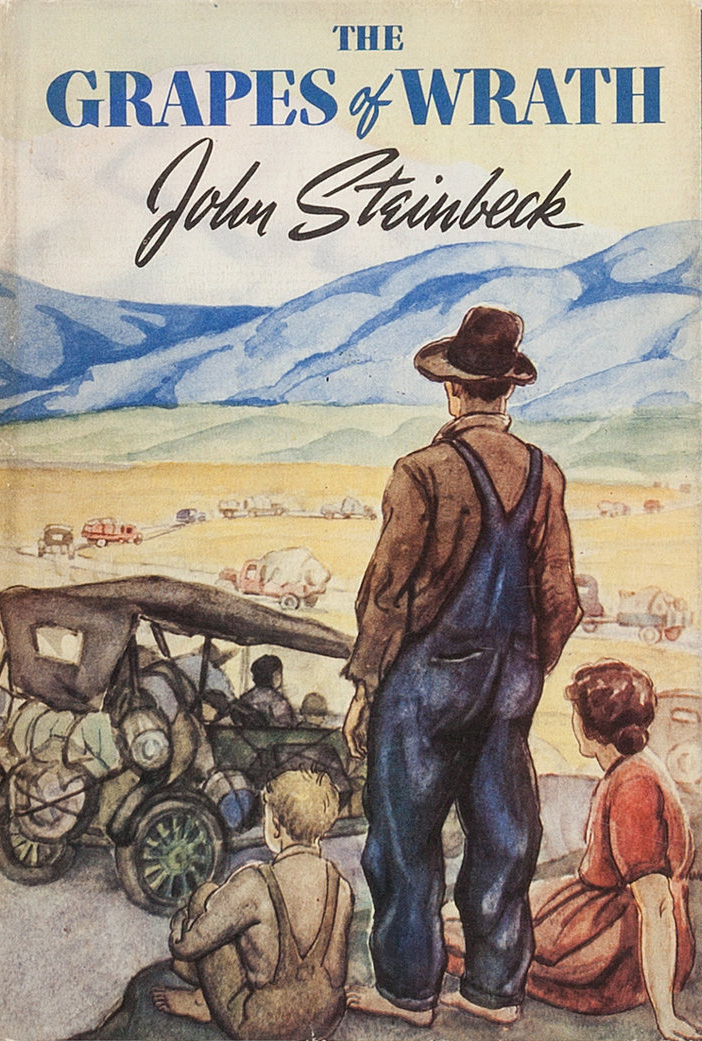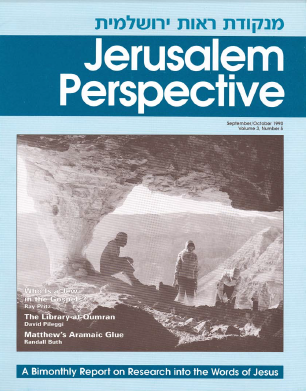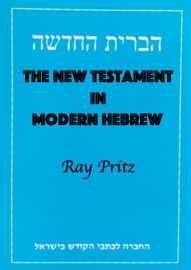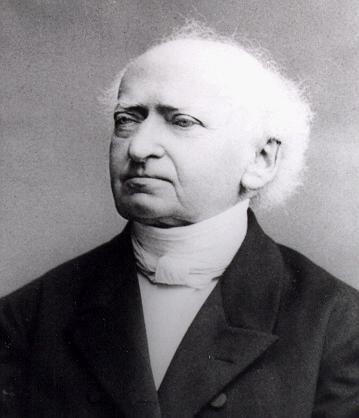Vernacular Hebrew was resurrected in Israel at the beginning of this century, primarily through the efforts of Eliezer Ben Yehudah. While modern Hebrew uses the same alphabet (or ’a⋅lef-bēt) and basic vocabulary as Biblical Hebrew, it is a hybrid of old and new.
On the one hand, for example, an Israeli would very naturally say of someone who hesitates to make a decision that he פּוֹסֵחַ עַל שְׁתֵּי הַסְּעִפִּים (pō⋅SĒ⋅aḥ ‘al shetē ha⋅se⋅‘i⋅PIM, “hops on two branches”), without being fully aware that he is quoting the prophet Elijah (1 Kings 18:21). On the other hand, modern Hebrew contains many words borrowed or adapted from European languages, for example טֶלֶפוֹן (ṬE⋅le⋅fon, “telephone”).
An Israeli with a high school education is able to read most of the Bible in the original Hebrew with complete understanding. In fact, that is the only Hebrew version which exists today, as a modern Hebrew version of the Hebrew Scriptures has yet to be attempted. Israeli children learn their ’a⋅lef-bēt in the first grade, and in the second grade they read the entire book of Genesis in the original Hebrew with a high degree of comprehension. In Jewish religious schools today, as in Jesus’ time, boys learn to read the Bible at age five, beginning with the book of Leviticus.
Jesus’ Words in Hebrew

When an Israeli reads the words of Jesus in Hebrew, he starts out with an advantage over someone reading in another language. While the Hebrew version is still a translation, the Greek text from which the Hebrew is translated is full of Hebraisms which are inherently more comprehensible to the Hebrew speaker.
Perhaps I can illustrate what I mean with an example. On a visit to Japan, the widow of John Steinbeck was greeted by an admirer who told her he loved her husband’s books, especially The Angry Raisins. If a person who heard this comment were familiar with American literature, he would have no trouble restoring the proper title, The Grapes of Wrath. His success would have been due to his knowledge of the literary background as well as the language of the original.
Hebraisms in the Greek Gospels exist in part because at least some of Jesus’ recorded sayings were originally spoken in Hebrew. No matter what language the original biography of Jesus was written in, the words of Jesus as we read them in Greek are a translation. The Greek has preserved a good deal of the original Semitic flavor of Jesus’ words, and in many cases has even conveyed word-for-word renderings of Hebrew idioms which make little sense in Greek or any other non-Semitic language. When translated to Hebrew, these idioms make sense and sound natural. The person whose mother-tongue is Hebrew is likely to be the only one who will easily grasp the full meaning without extra help in the form of footnotes or commentaries.
Bible Society in Israel
The Bible Society in Israel, which will celebrate its 175th anniversary in 1991, was the first group in Israel to print a full Bible (both Testaments) in Hebrew. Like all members of the United Bible Societies, the Bible Society in Israel is a non-denominational, Christian organization dedicated to making the Scriptures available to people in a language they can understand and at a price they can afford. In Israel this means working with Hebrew and Arabic.
In 1969, the Bible Society in Israel began preparing the first translation of the New Testament into modern Hebrew. A basic text was prepared by an Israeli translator, and this was closely checked by a committee of local scholars who were qualified in both Greek and Hebrew. Members of the translation committee included Jerusalem School of Synoptic Research scholars Robert Lindsey and Halvor and Mirja Ronning.
Hebrew New Testaments
The New Testament had been translated into Hebrew over ninety times in the past several centuries. The most famous pre-modern-Hebrew translation was completed in 1877 (four years before Ben Yehudah immigrated to Palestine) by Franz Delitzsch, a German scholar of Jewish descent. He used his extensive knowledge of Biblical and post-Biblical Hebrew to produce a translation in the kind of Hebrew that developed after the period of the Hebrew Scriptures. This translation went through a number of revisions both during and after Delitzsch’s lifetime, and until recently was the most widely used Hebrew version of the New Testament.
The Bible Society published its modern-Hebrew version of the New Testament in 1976, and it has gradually replaced the Delitzsch version. Many phrases that Delitzsch reconstructed in his translation were current in Jesus’ time, but today’s Hebrew-speaker benefits from them only if he is a student of his own language, or if those phrases still have the same meaning in modern Hebrew. The Bible Society’s Hebrew translation opted for understandable current Hebrew at the expense of preserving archaic original phrases. The modern translators had an advantage over Delitzsch in that they not only knew the Greek and old Hebrew as he did, but also the evolved Hebrew used by today’s readers.
Because Delitzsch translated before Hebrew was reborn, some of his renderings are obscure or even misleading. Delitzsch could not have known, for example, that the word he used to describe the Messiah in Hebrews 8:6, סַרְסוּר (sar⋅SŪR, “mediator”), would become the modern Hebrew word for gigolo or pimp. The translators of the modern Hebrew version frequently were able to preserve phrases close to Jesus’ original words while staying within the boundaries of language that carries the same meaning today.
Today’s Hebrew is rich with idioms from the Bible.
The modern Hebrew-speaker probably encounters far fewer sayings of Jesus that he would consider difficult than does his contemporary reading the New Testament in another language. But no translation, however good, can transmit the original meaning in its entirety. Even in Hebrew renditions of Jesus’ words, it sometimes is necessary to explain something in a footnote.
Annotated Edition
Soon after the Bible Society’s Hebrew New Testament was published, Israeli readers began to express their need for an edition with notes giving background information. This project was begun in 1980. Suggestions for notes were received from all over Israel as well as from abroad, and a committee of local scholars worked for almost eight years to edit the notes, book introductions, glossary and other material.
This annotated edition of the New Testament, which is to appear in early 1991, is different from most study editions in that it makes frequent references to rabbinic parallels to New Testament sayings and events.
The Bible Society in Israel has produced trial translations of several portions of the Hebrew Scriptures into modern Hebrew, and has published an edition of the Peshitta (Aramaic) New Testament in Hebrew letters with a translation in modern Hebrew on facing pages. It is now working on an edition of the Bible in Hebrew and Russian for new immigrants to Israel.
To read the next article in the “New Testament in Modern Hebrew” series, click here.

Paid Content
Premium Members and Friends of JP must be logged in to access this content: Login
If you do not have a paid subscription, please consider registering as a Premium Member starting at $10/month (paid monthly) or only $5/month (paid annually): Register
One Time Purchase Rather Than Membership
Rather than purchasing a membership subscription, you may purchase access to this single page for $1.99 USD. To purchase access we strongly encourage users to first register for a free account with JP (Register), which will make the process of accessing your purchase much simpler. Once you have registered you may login and purchase access to this page at this link:

































































































